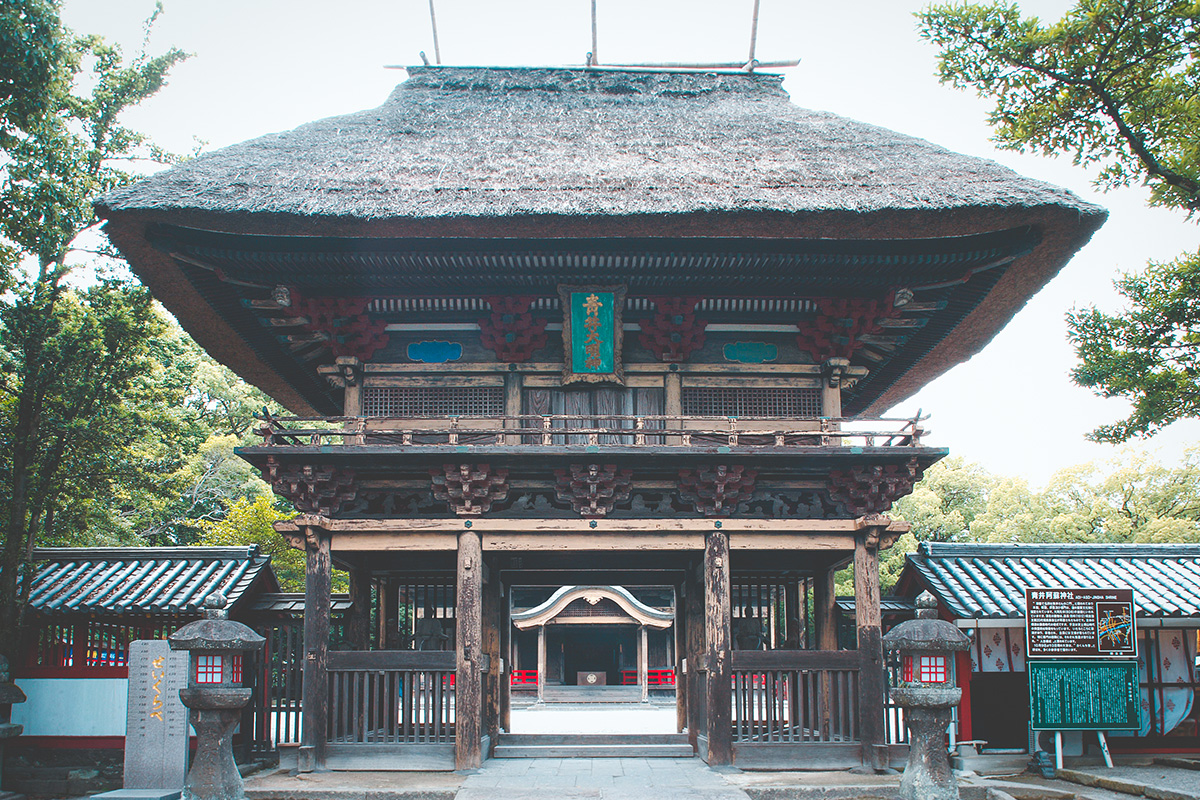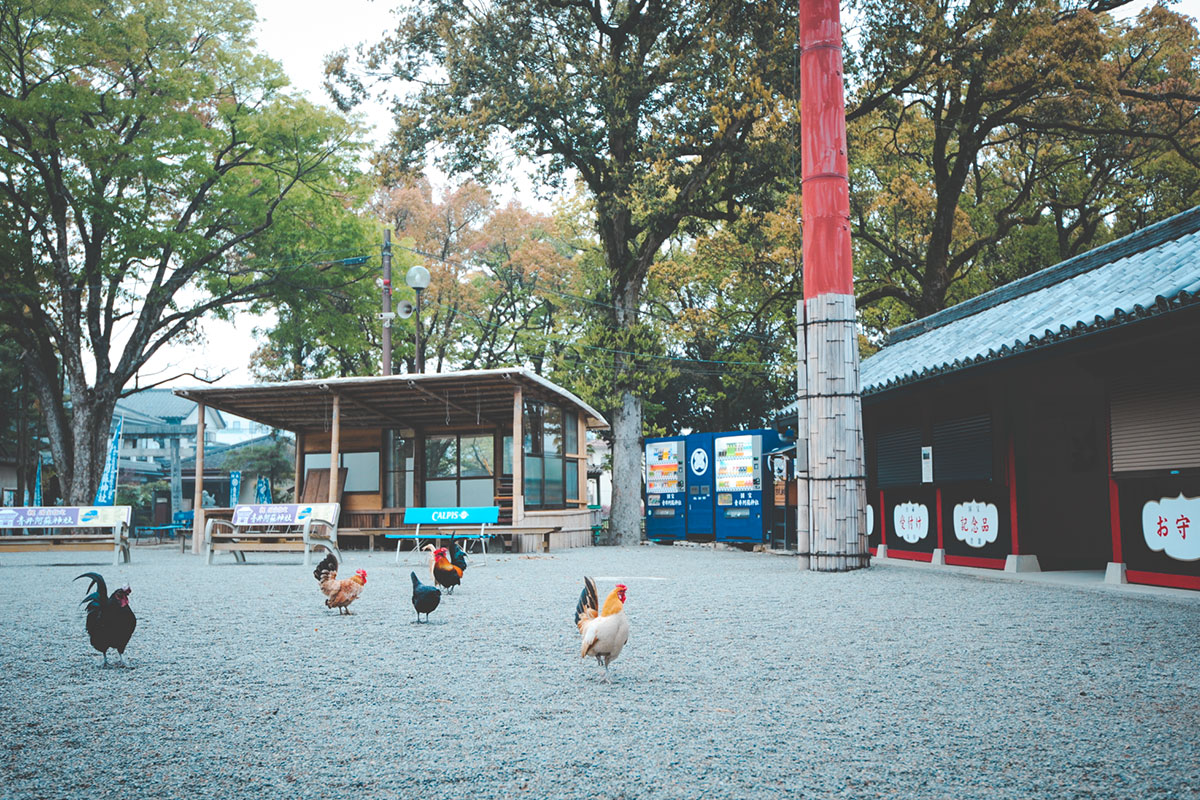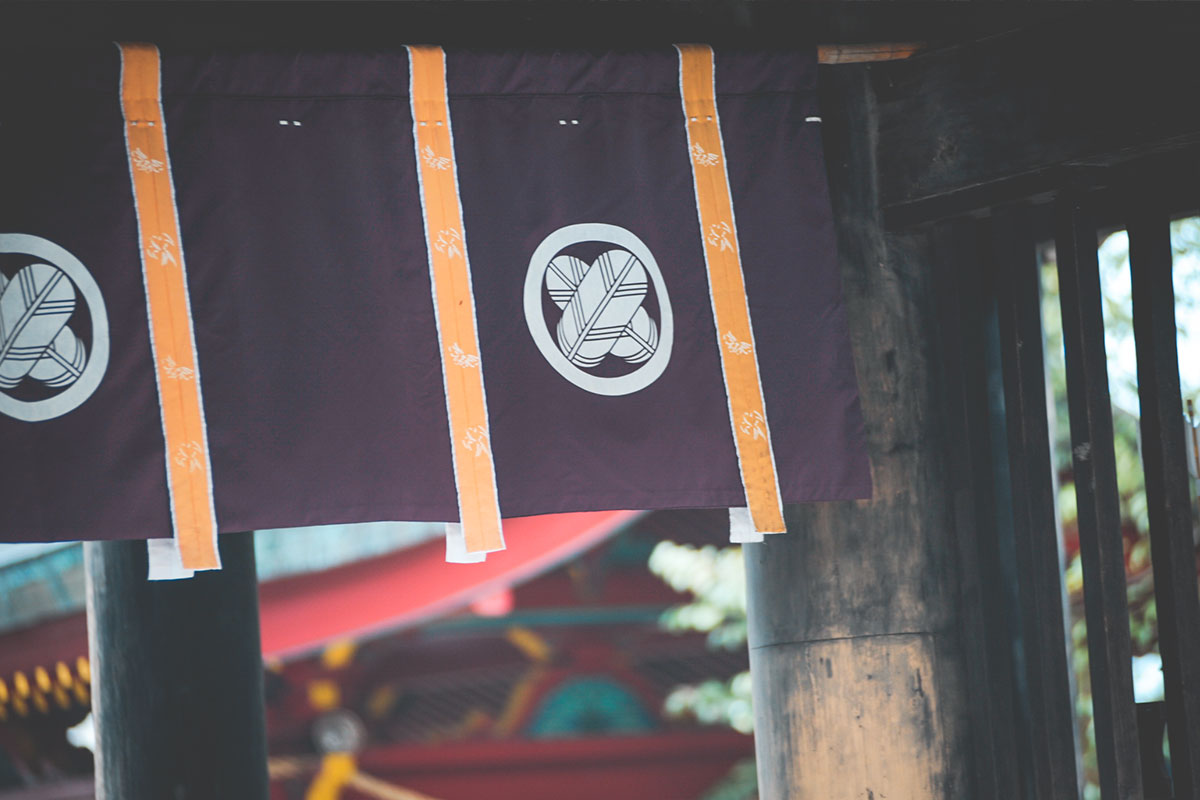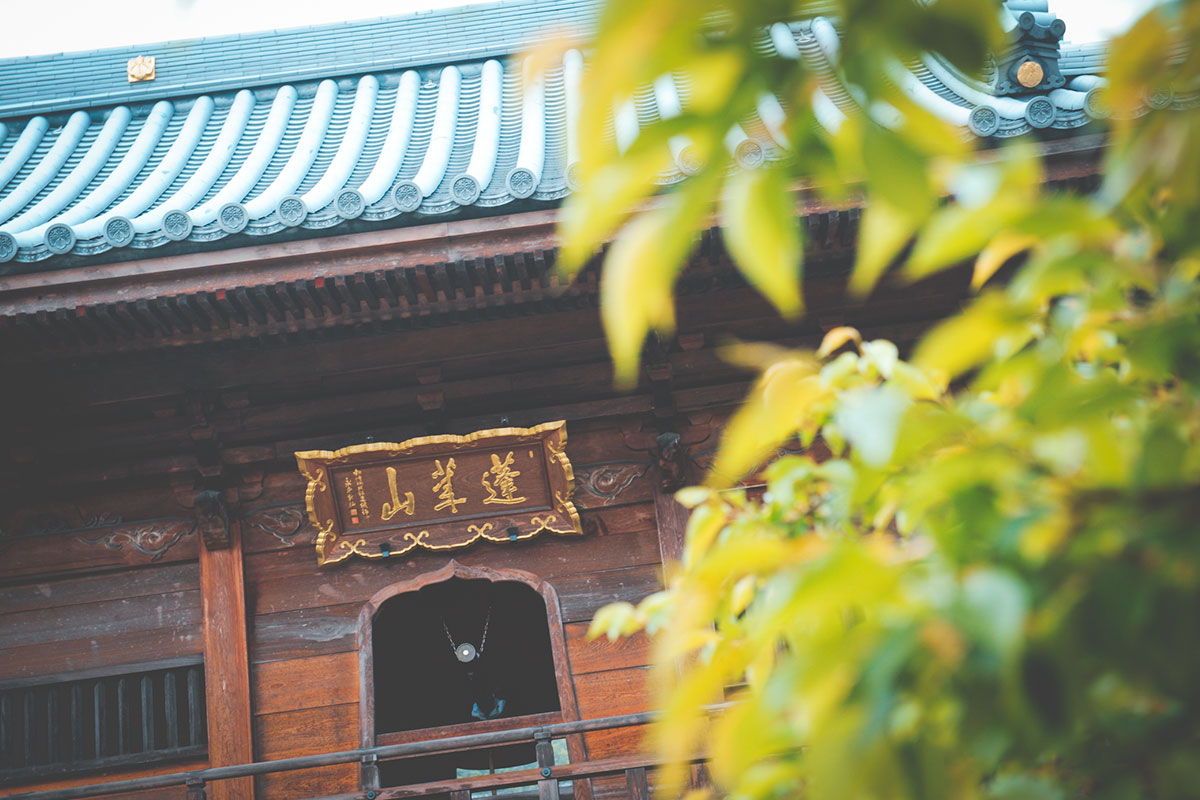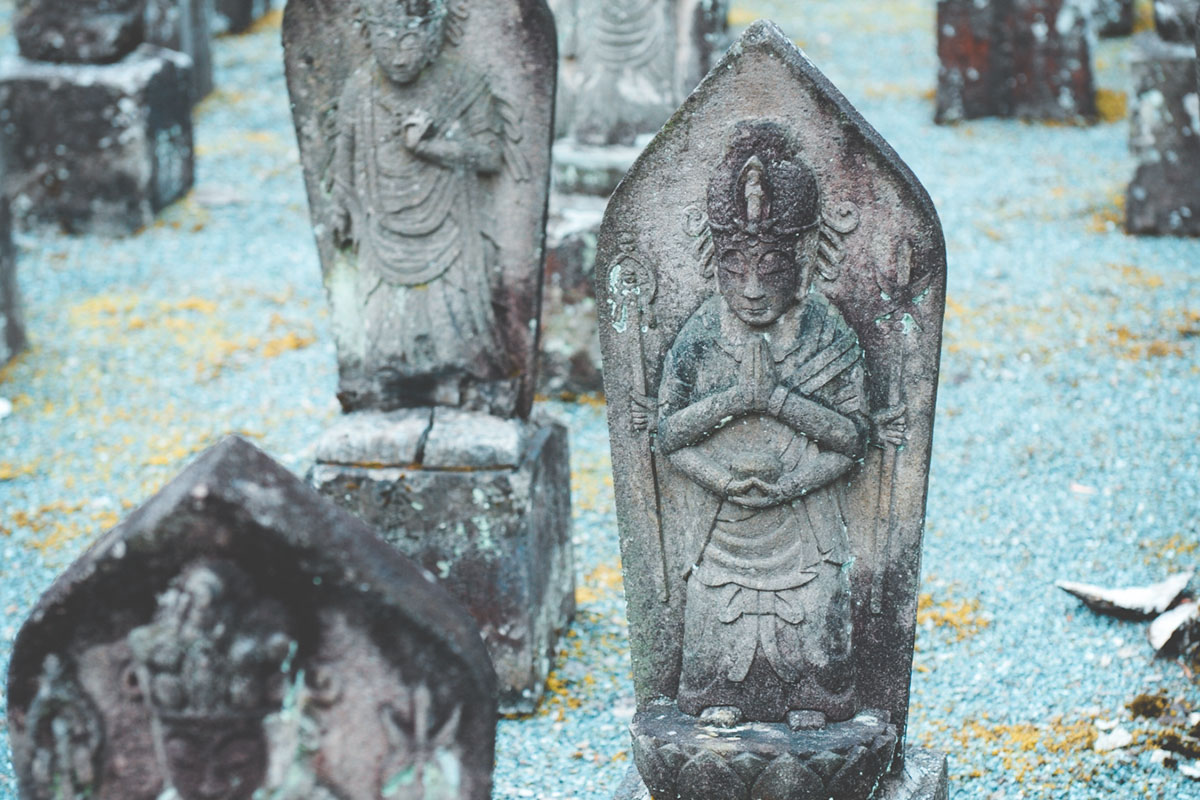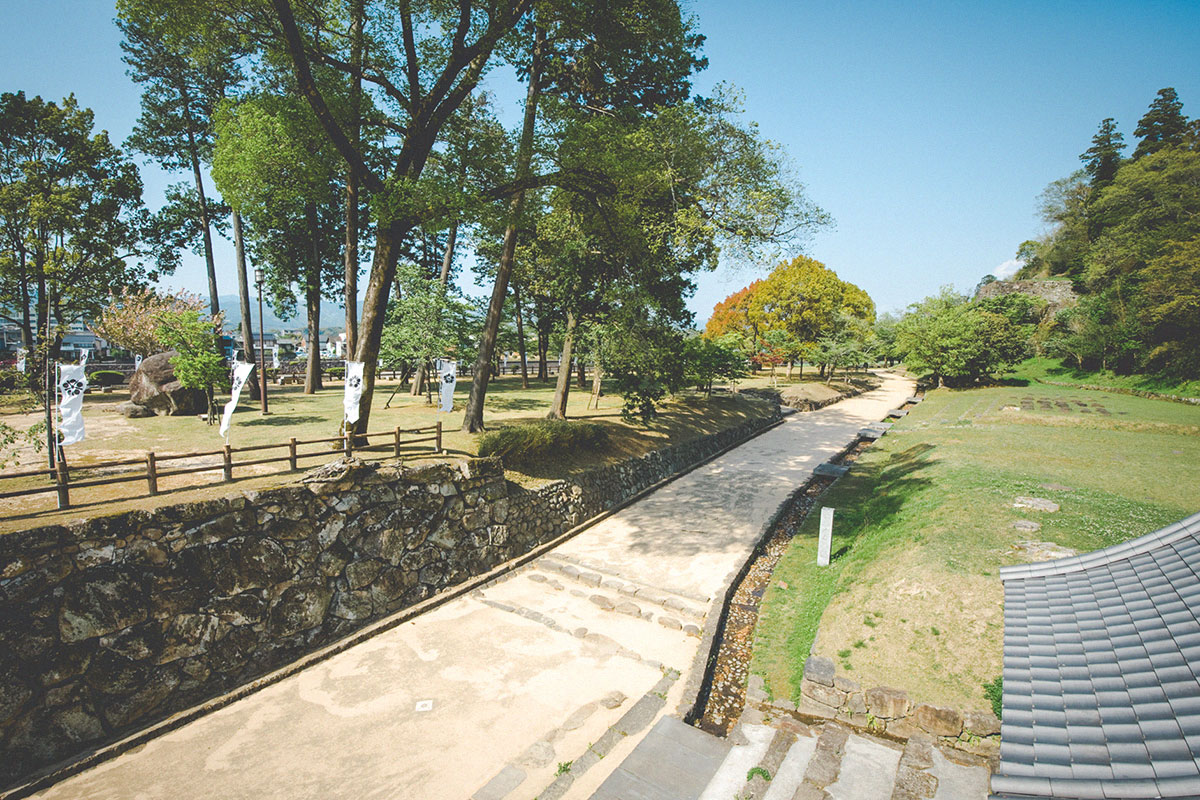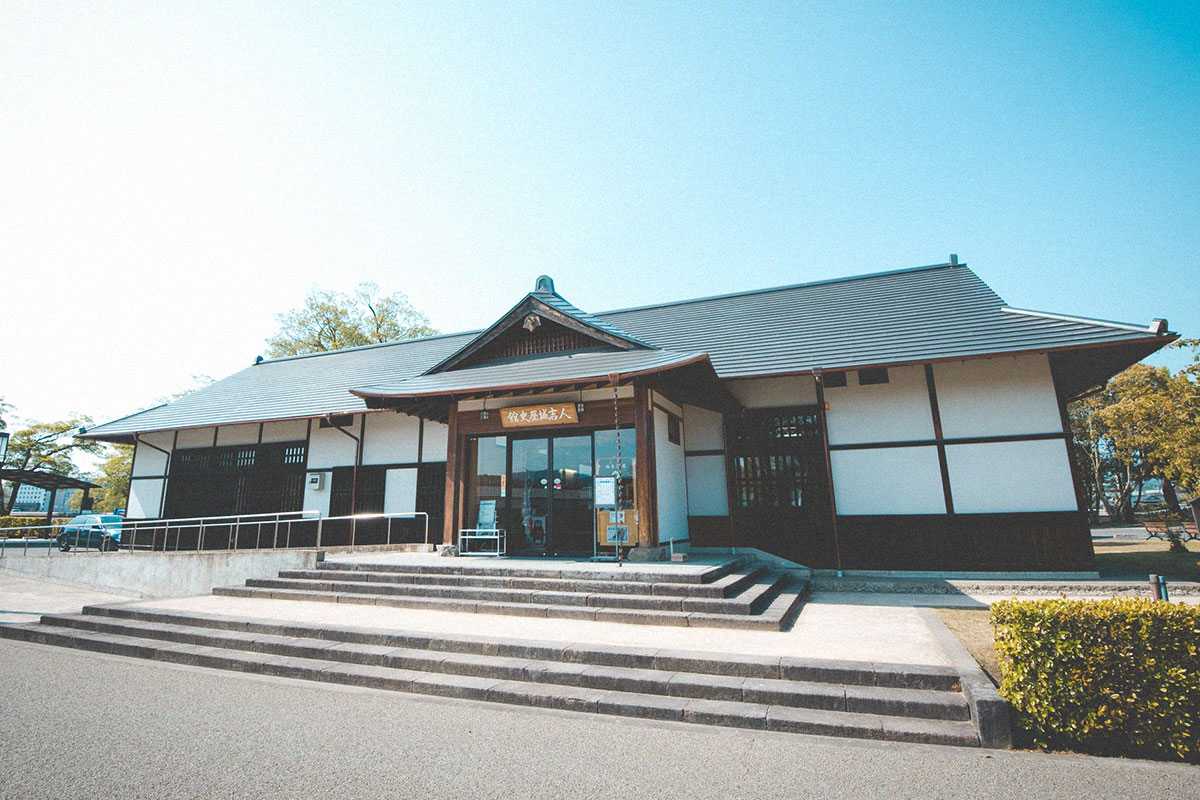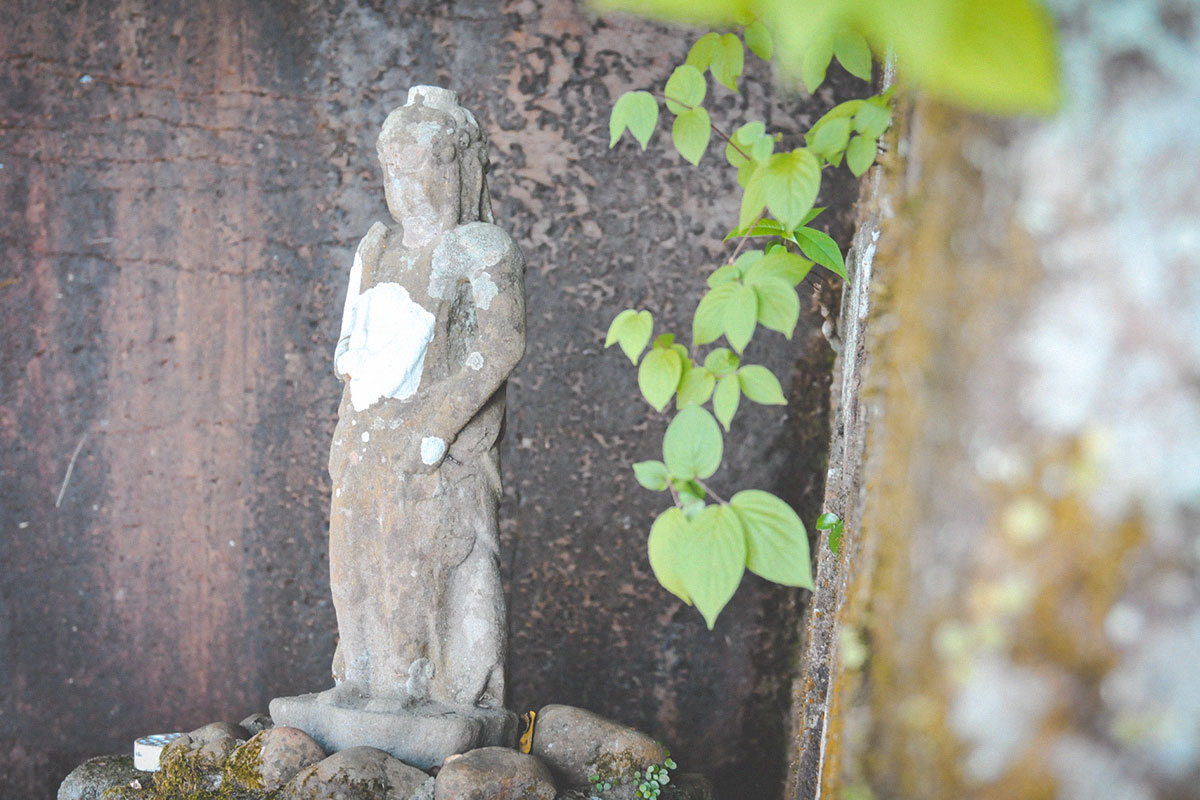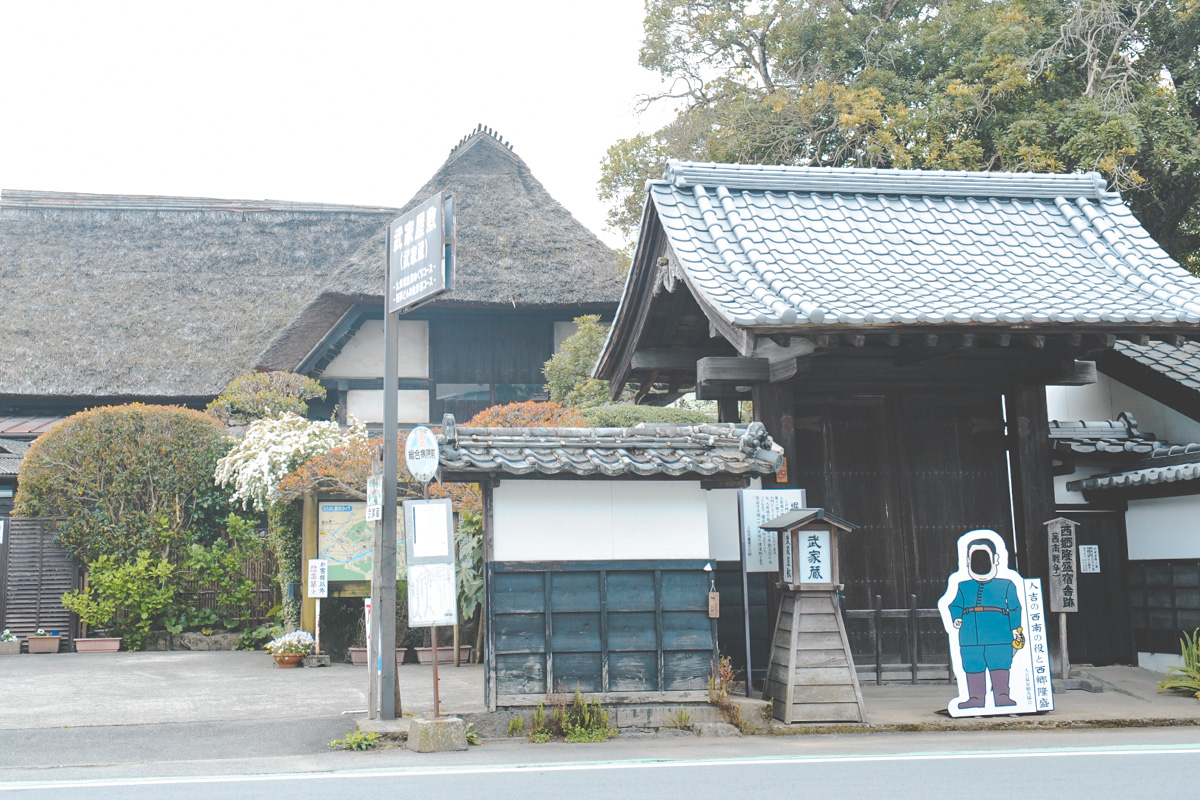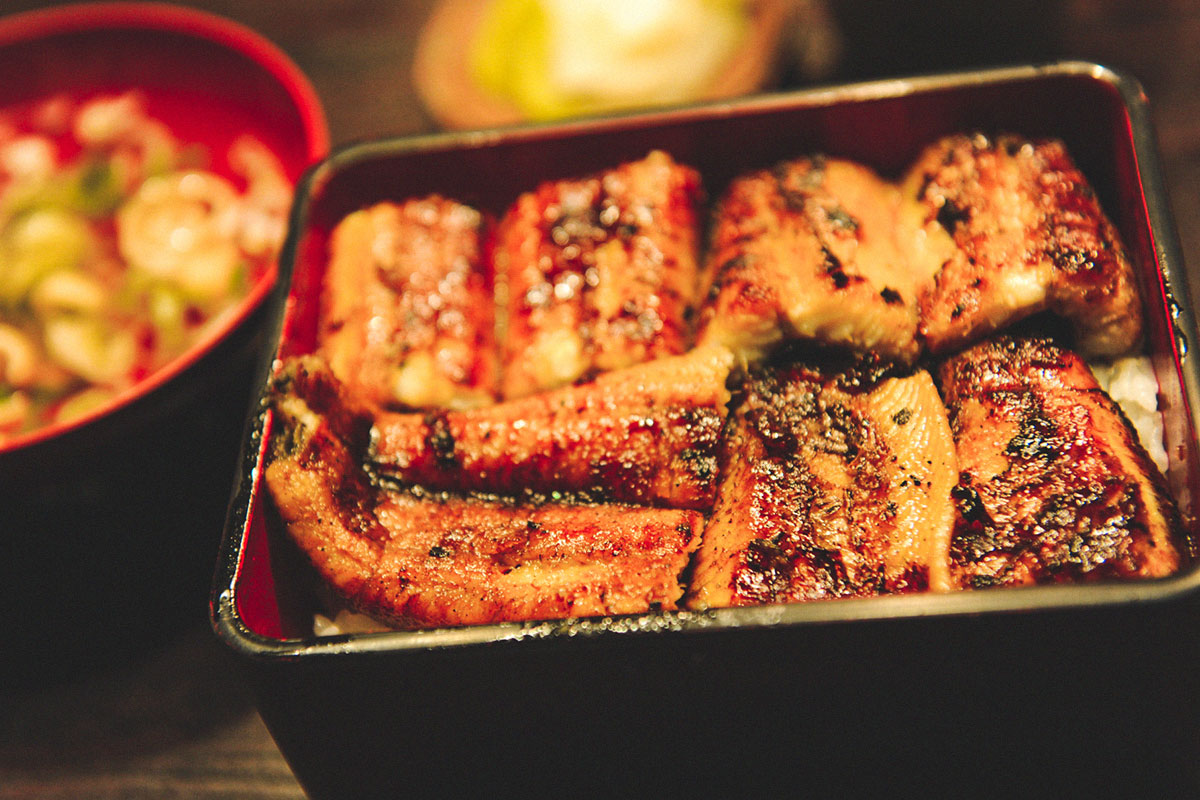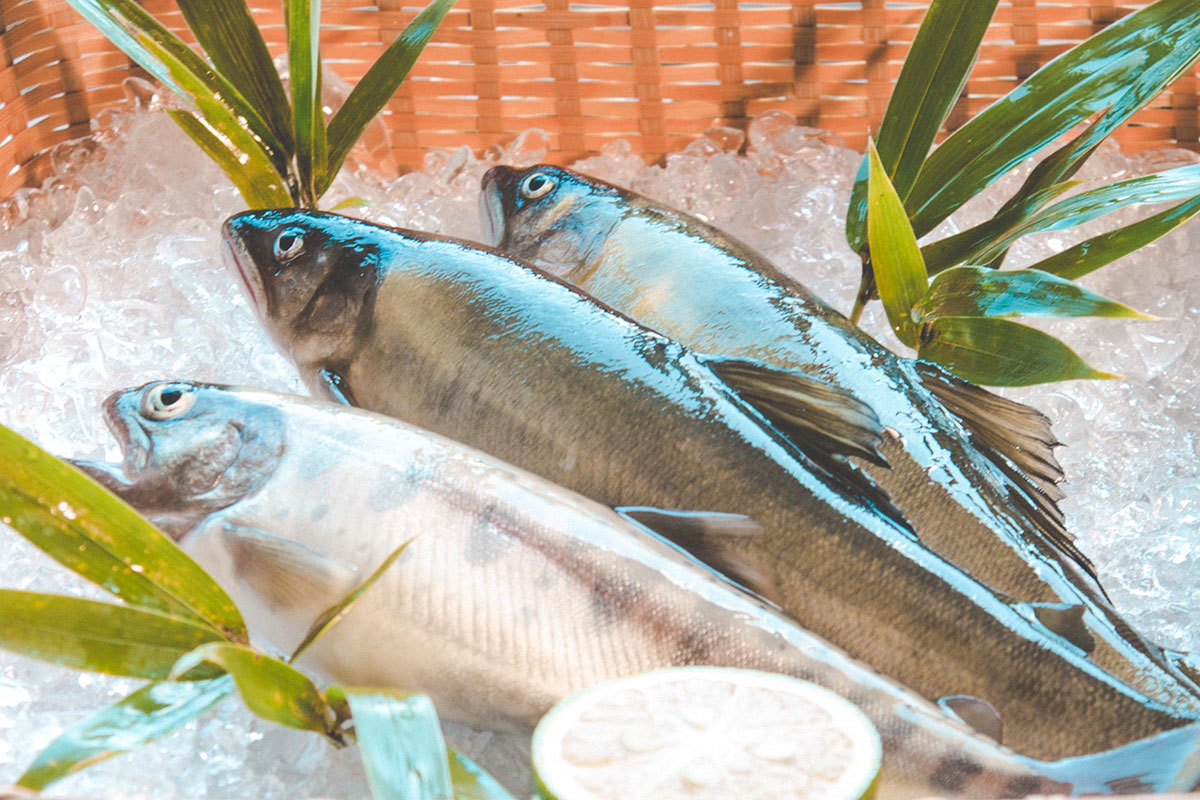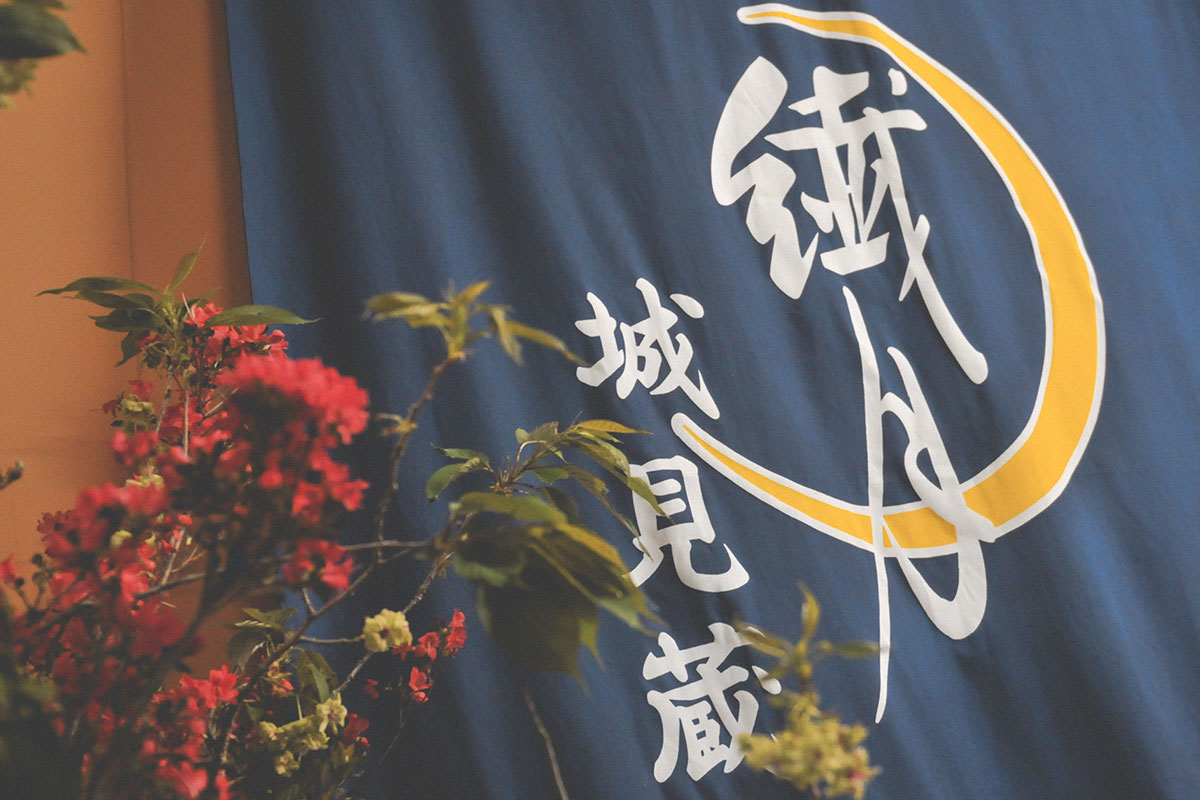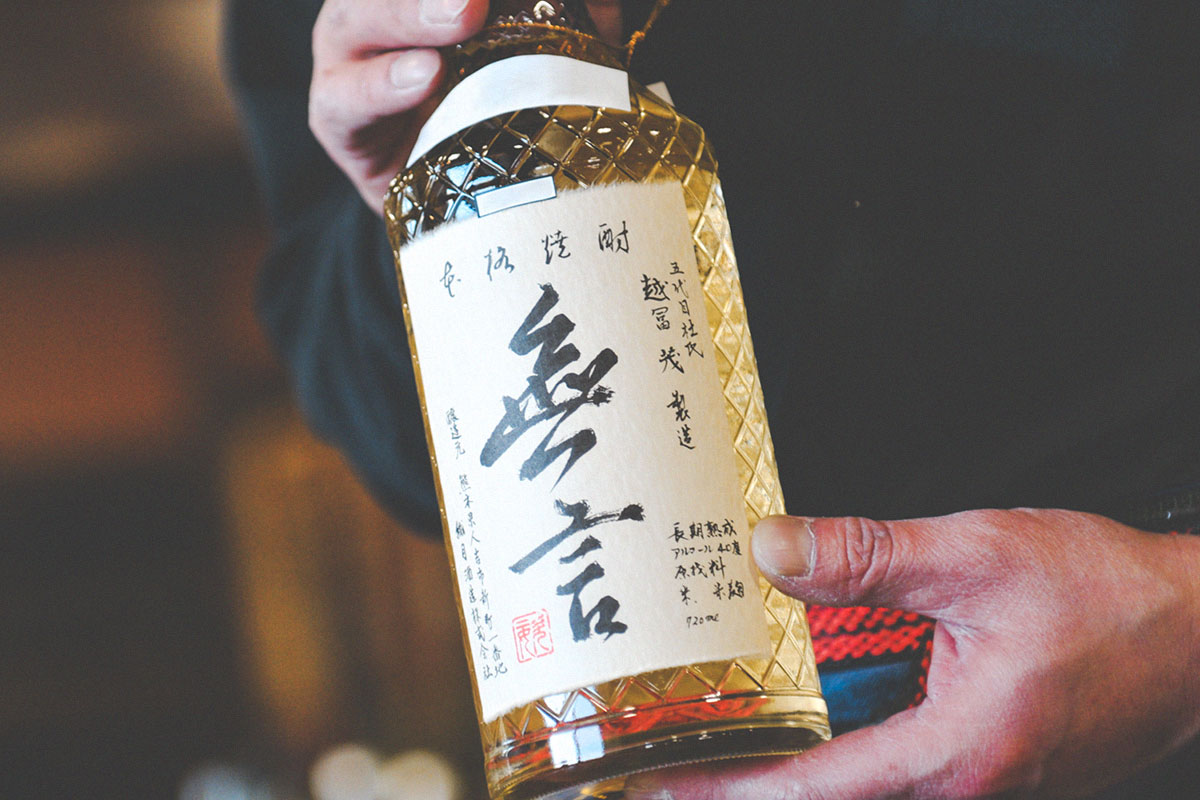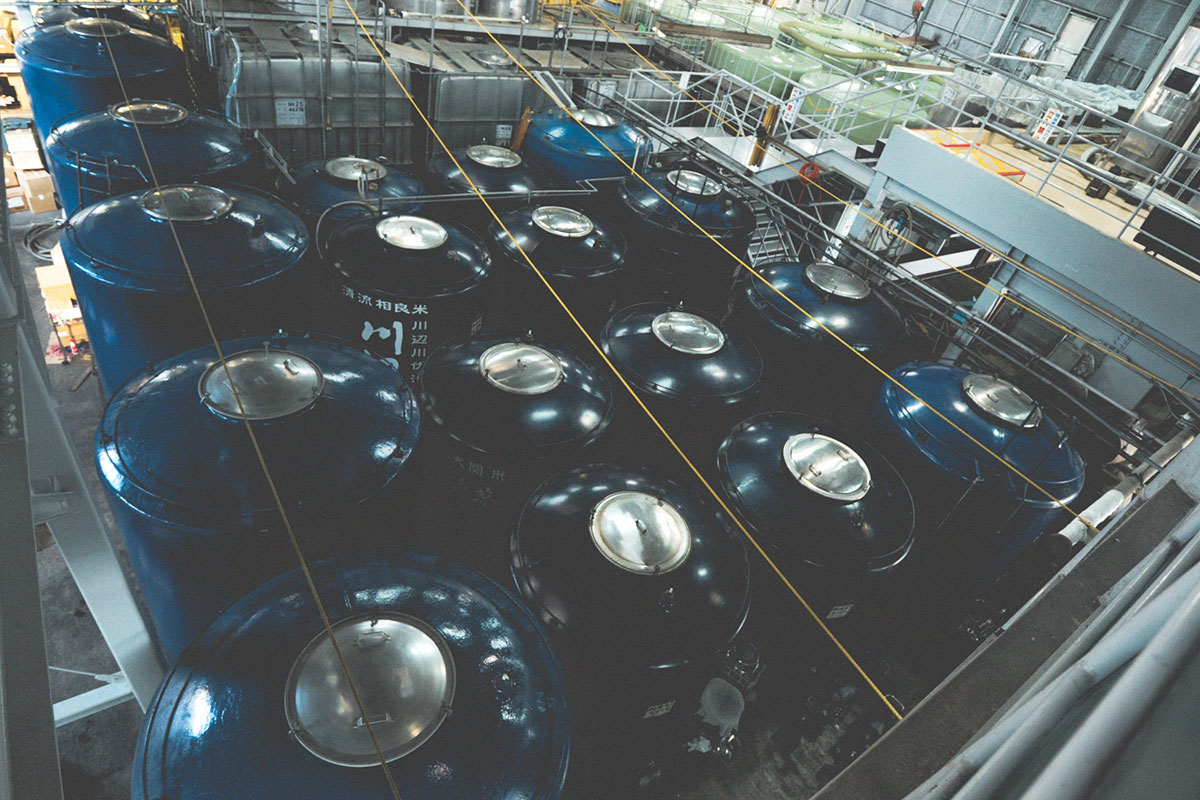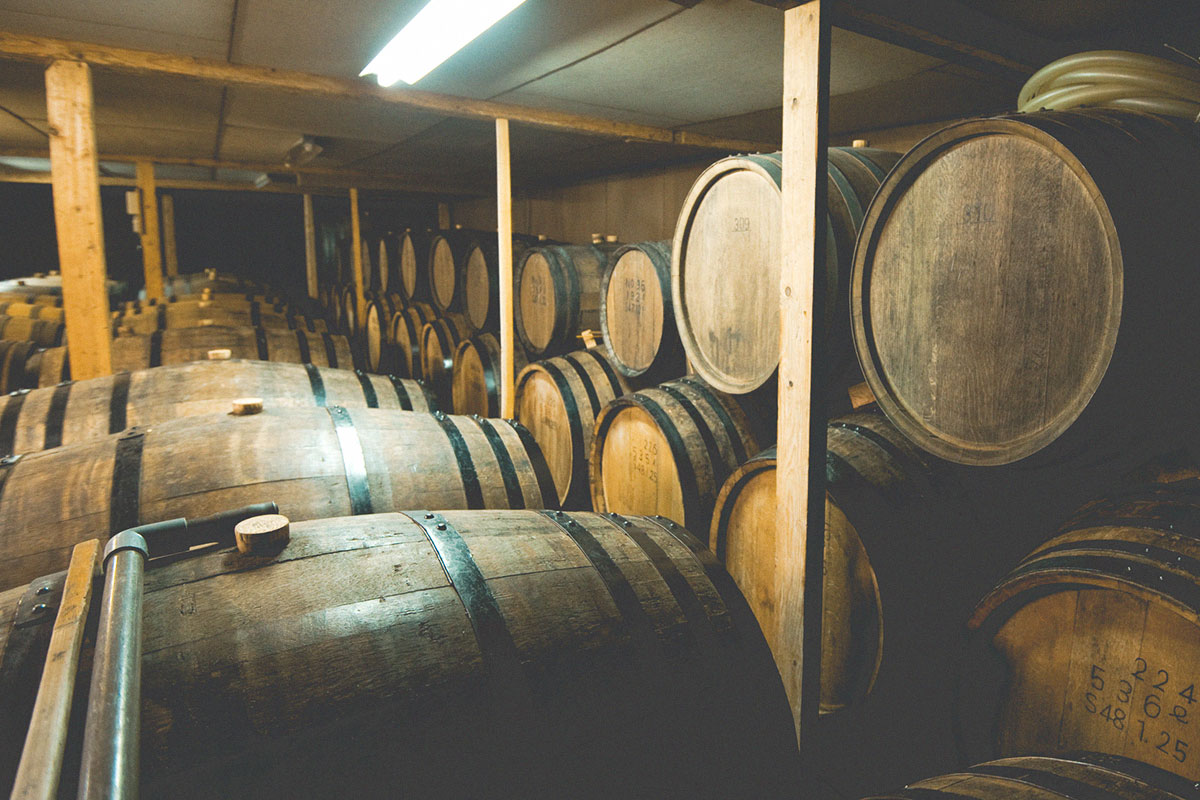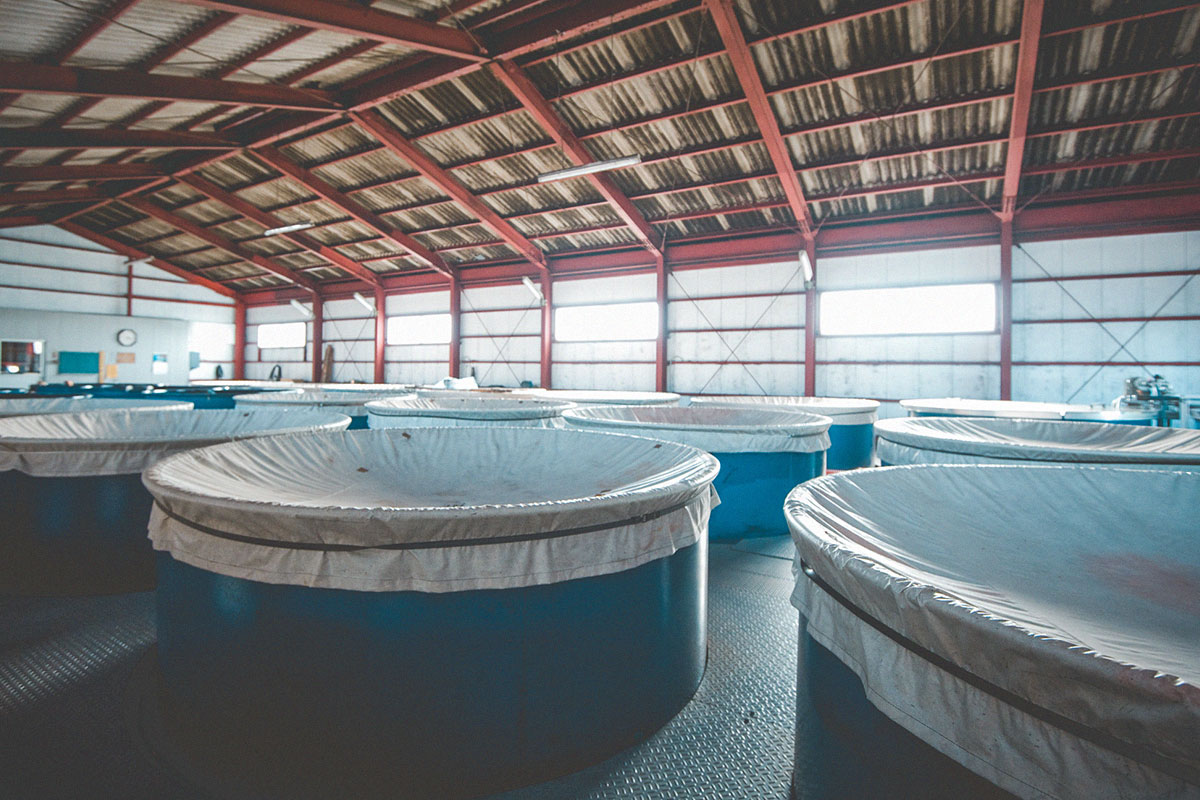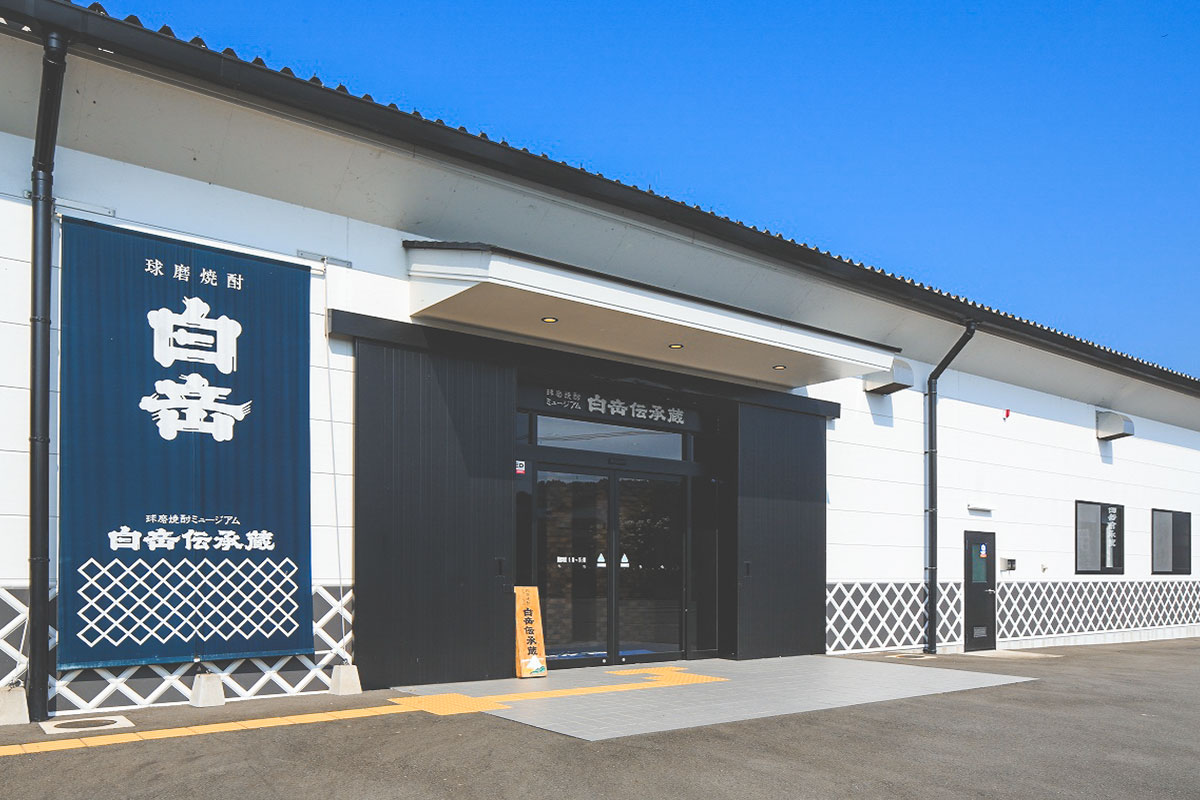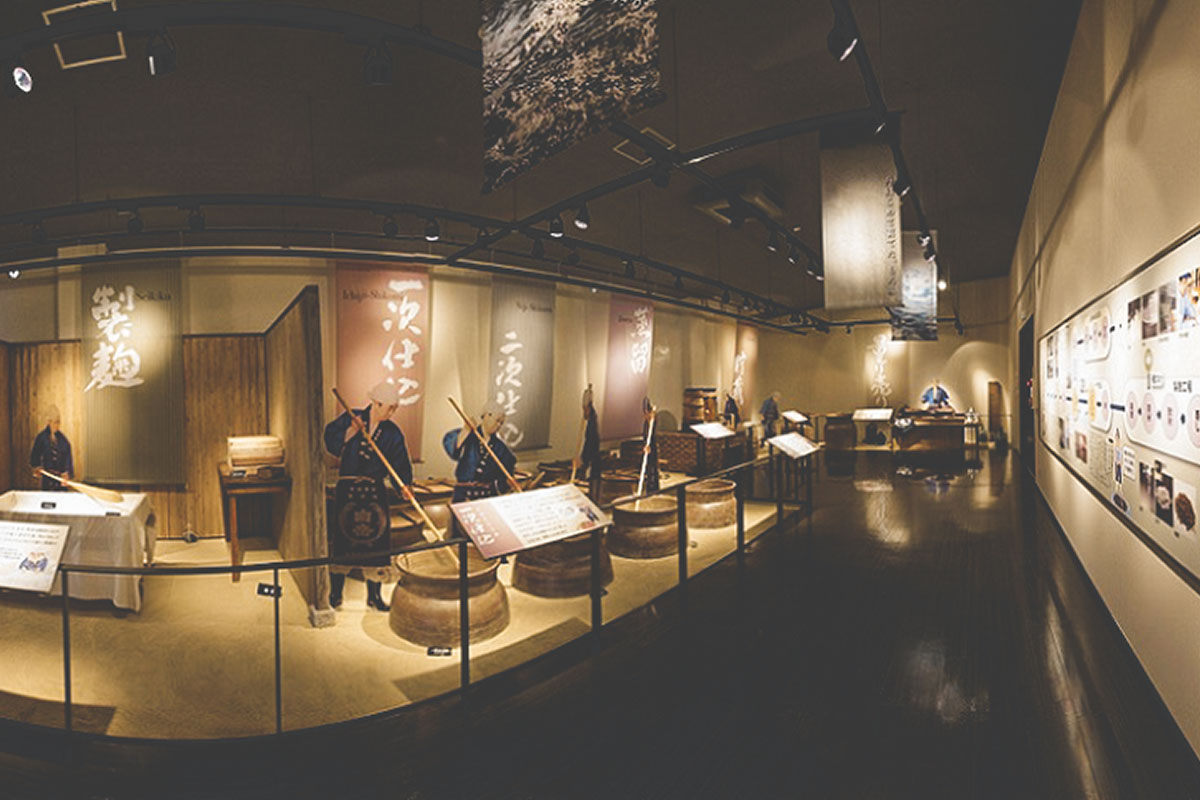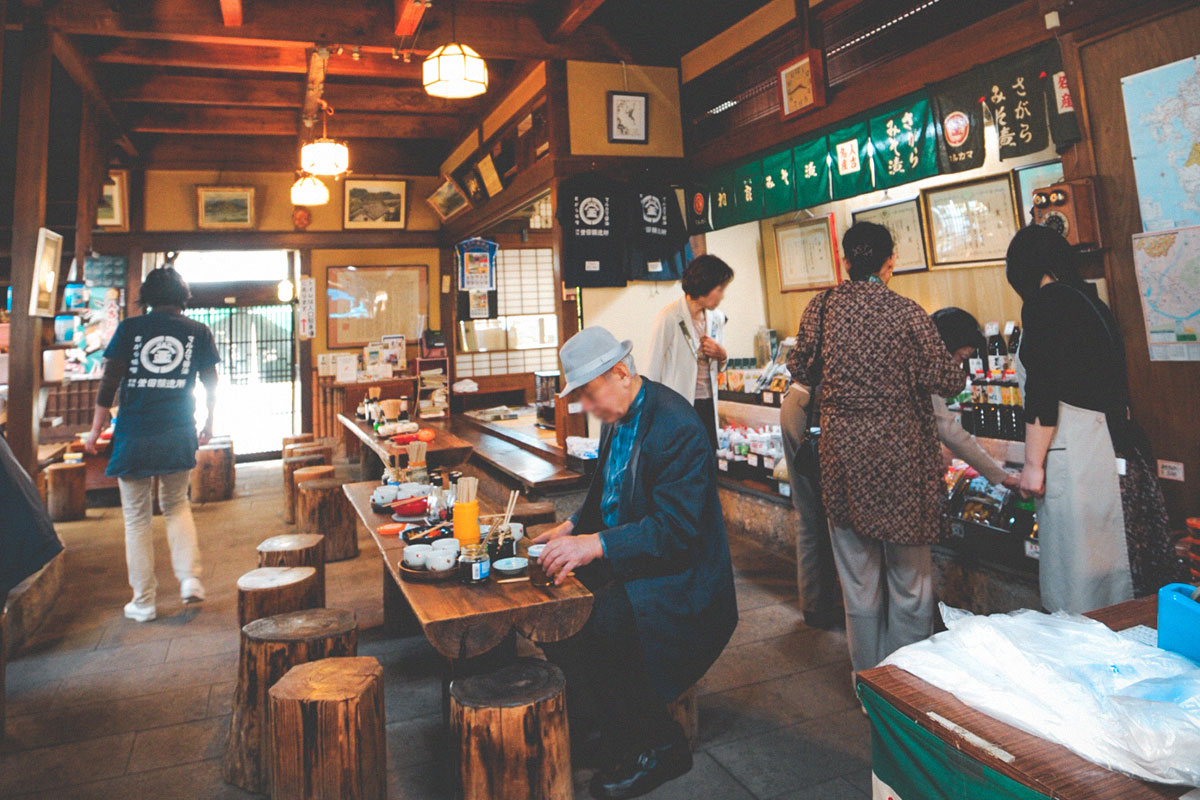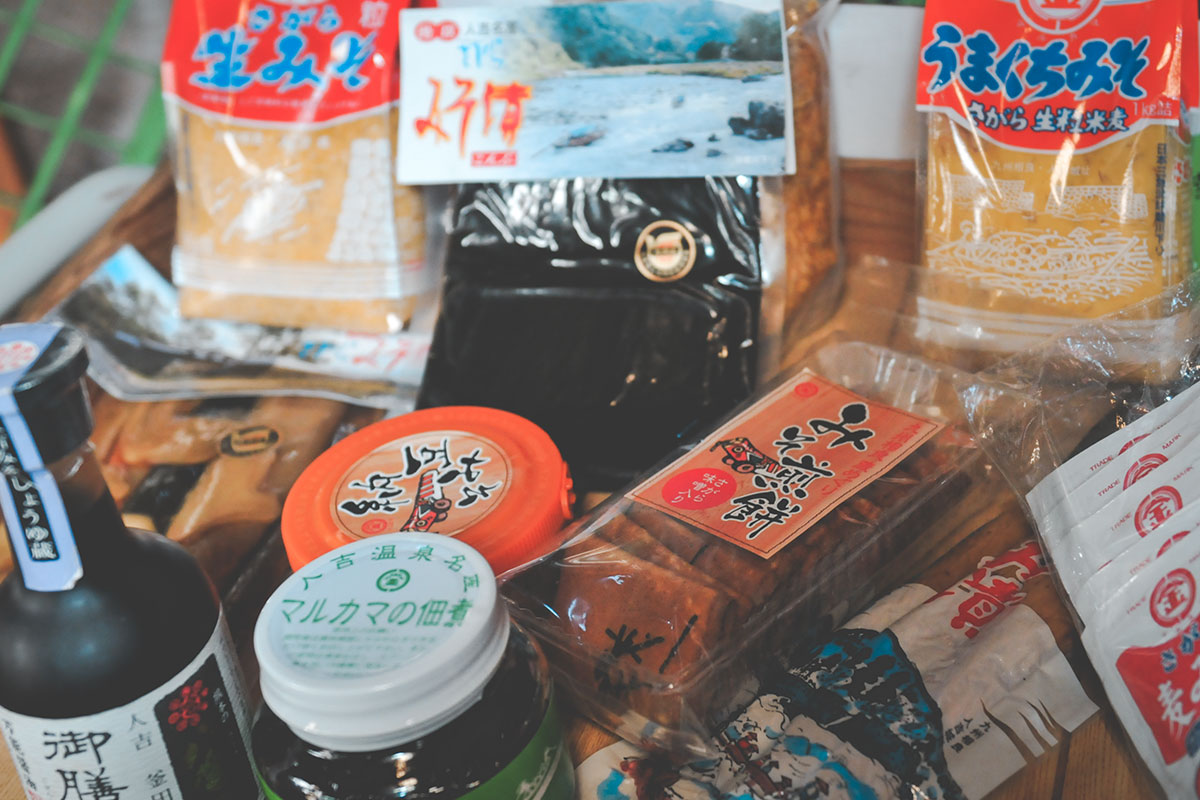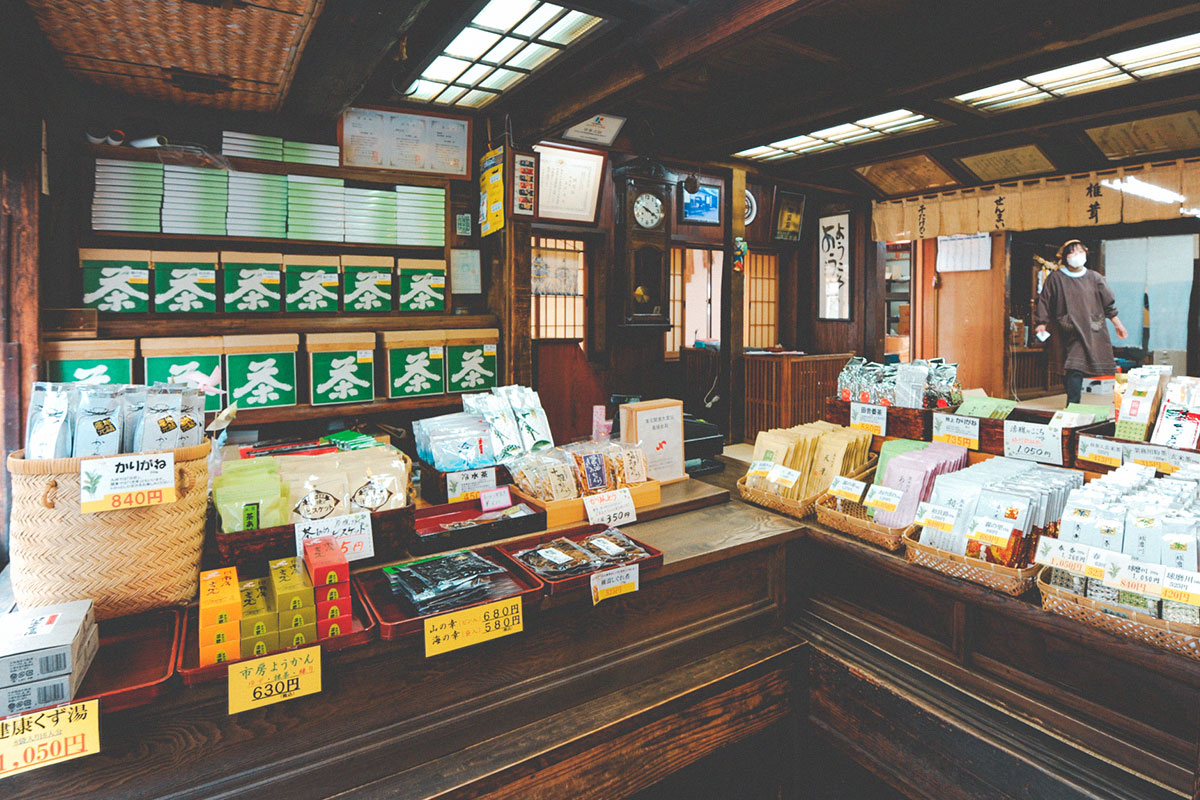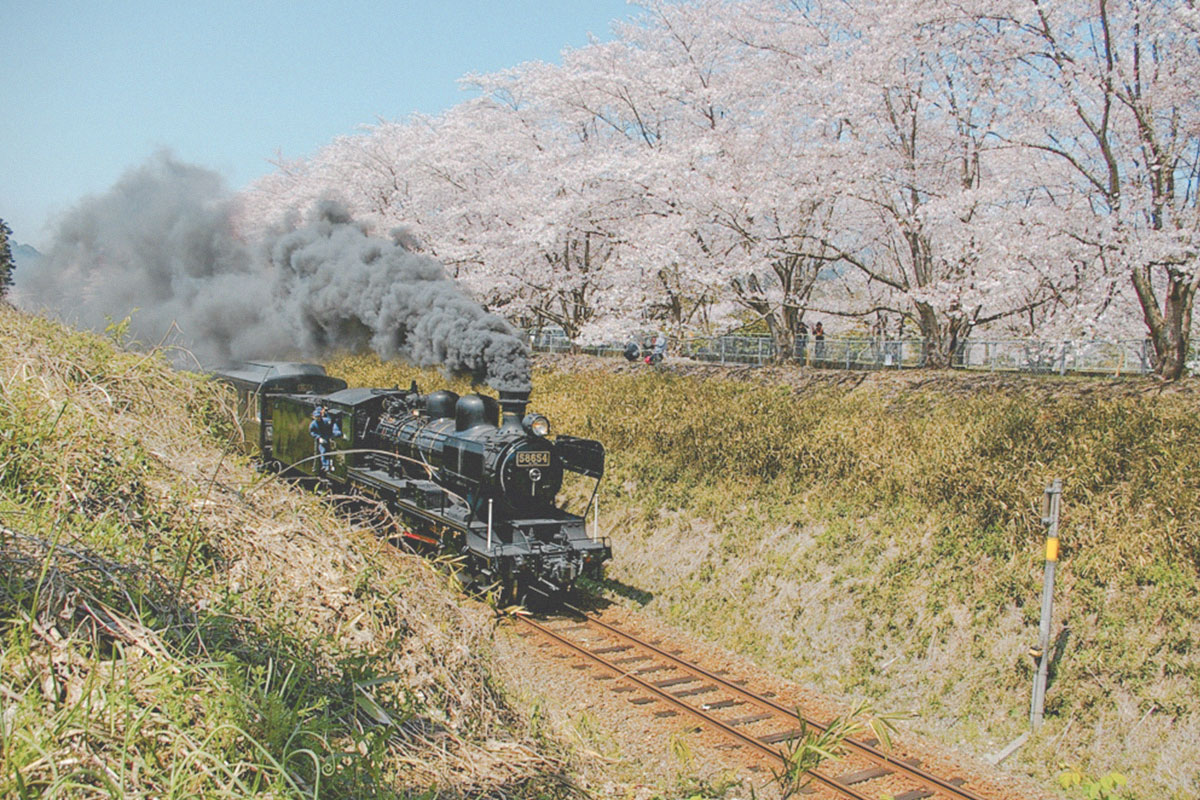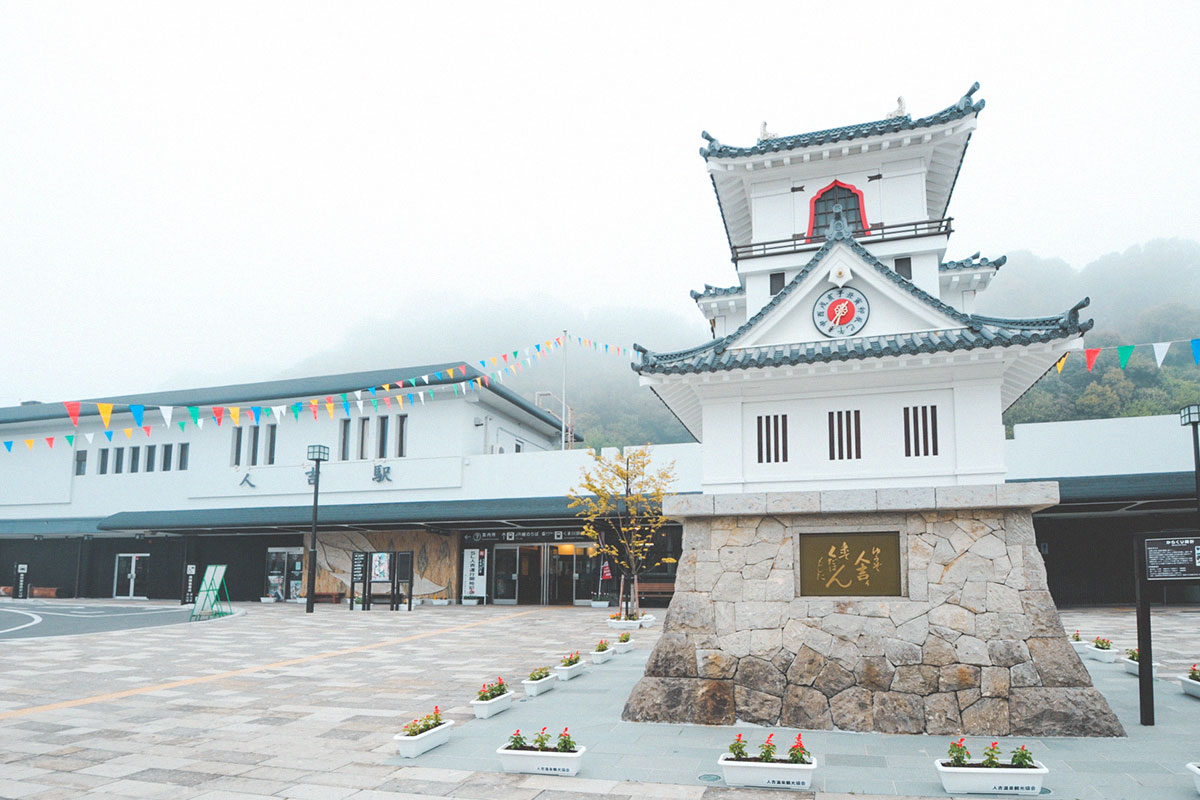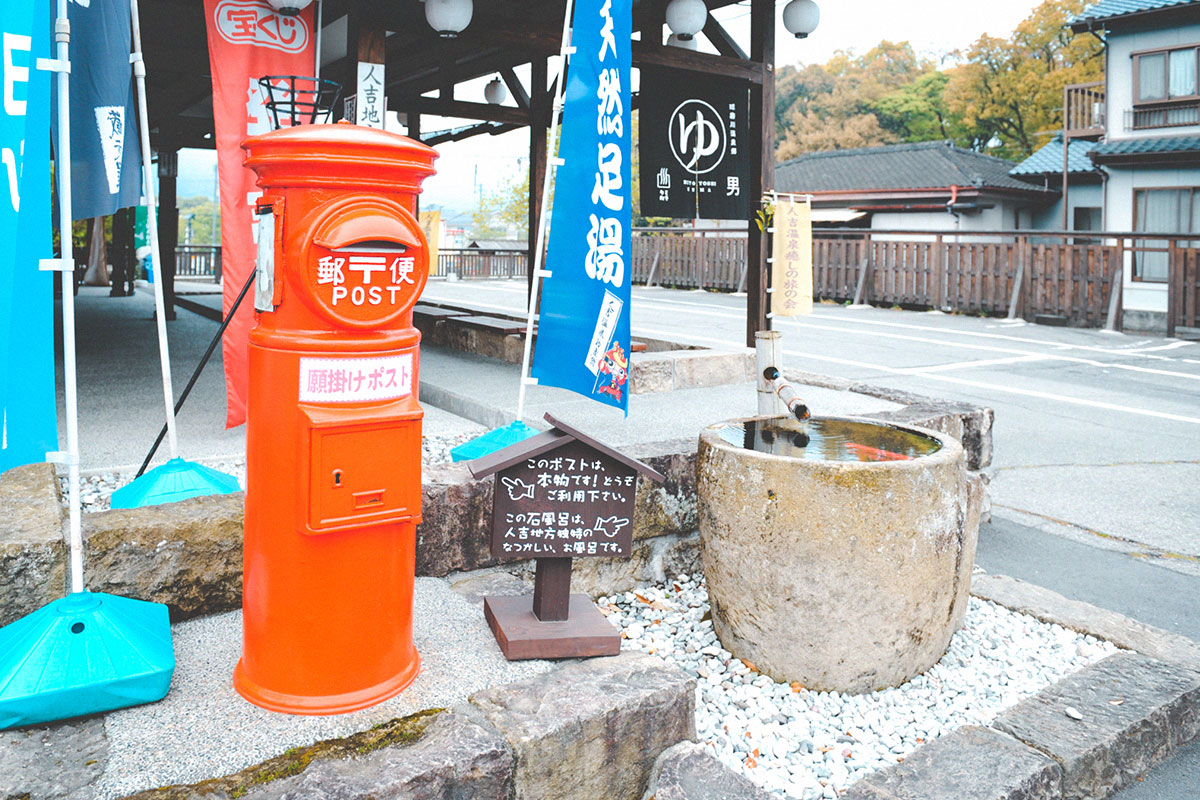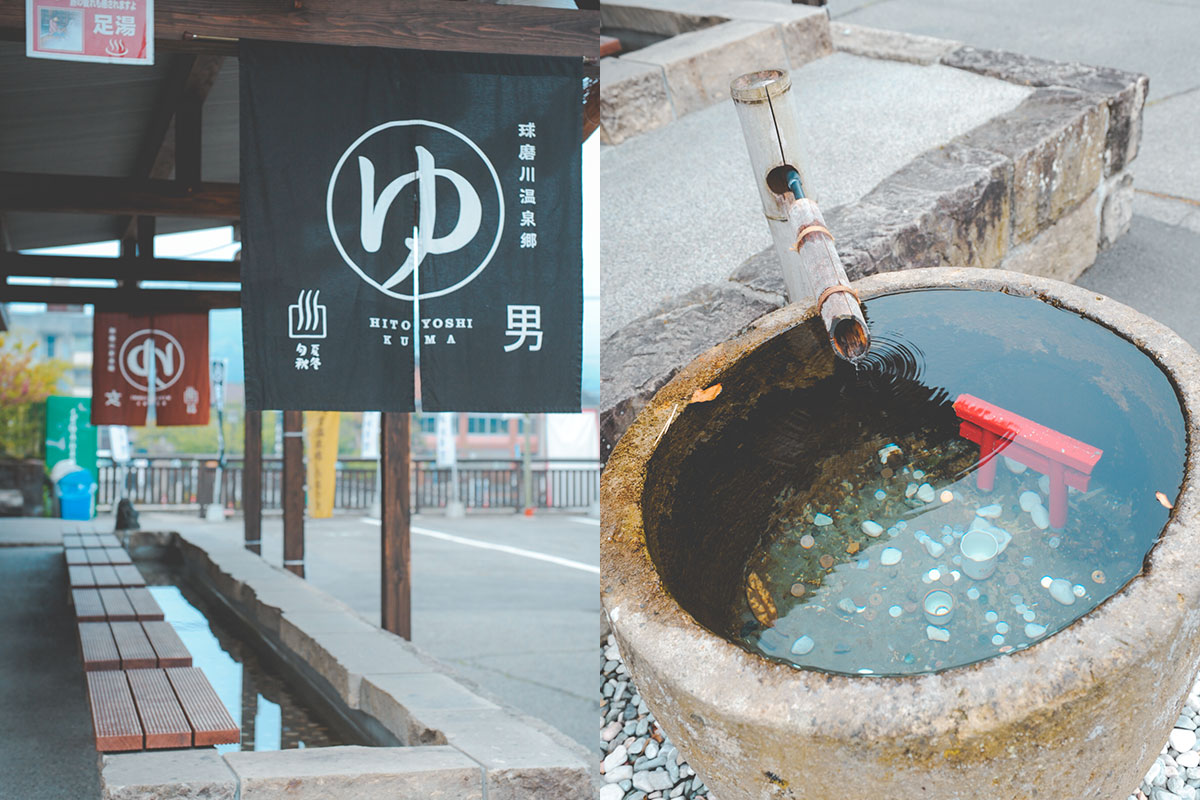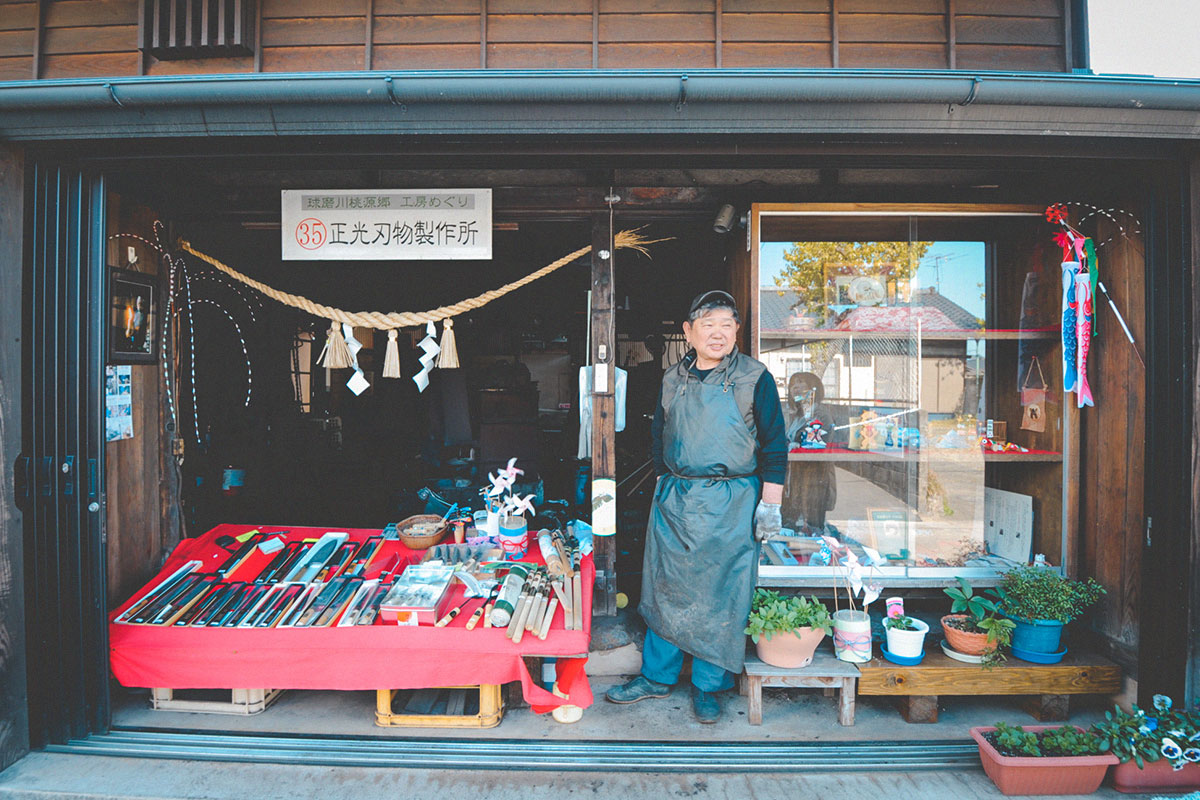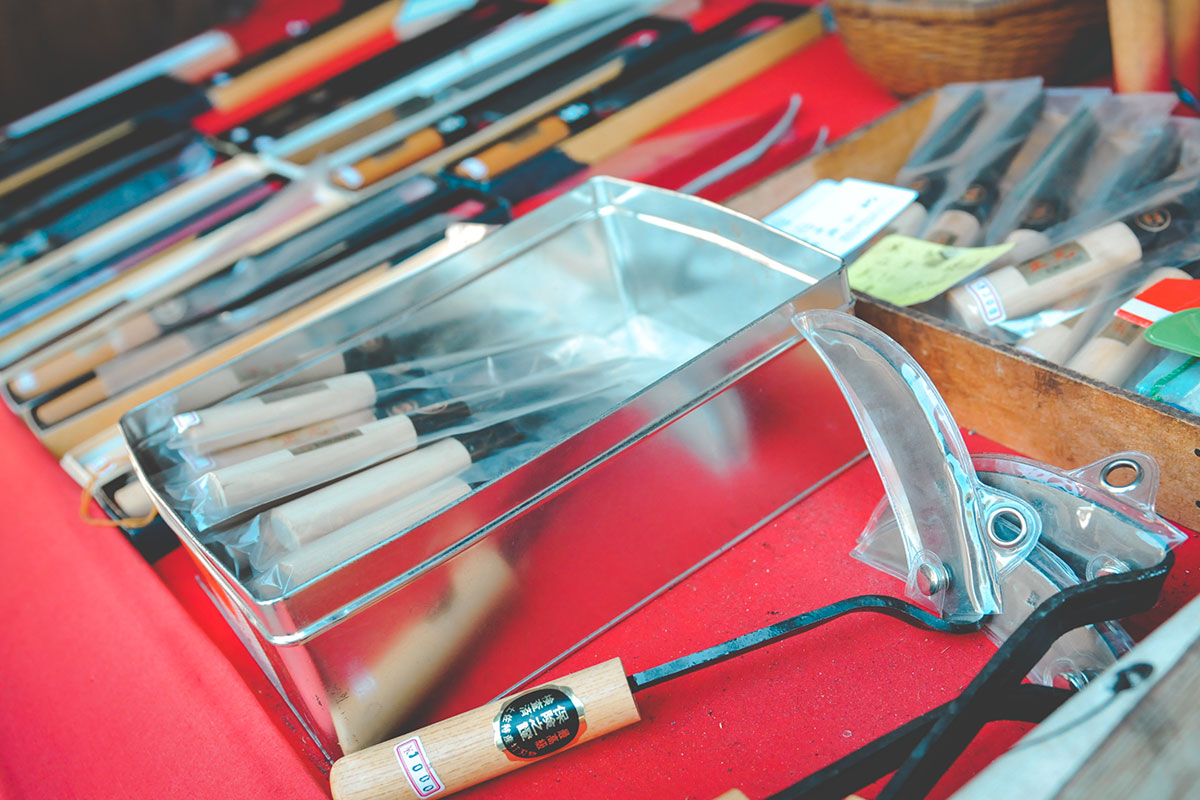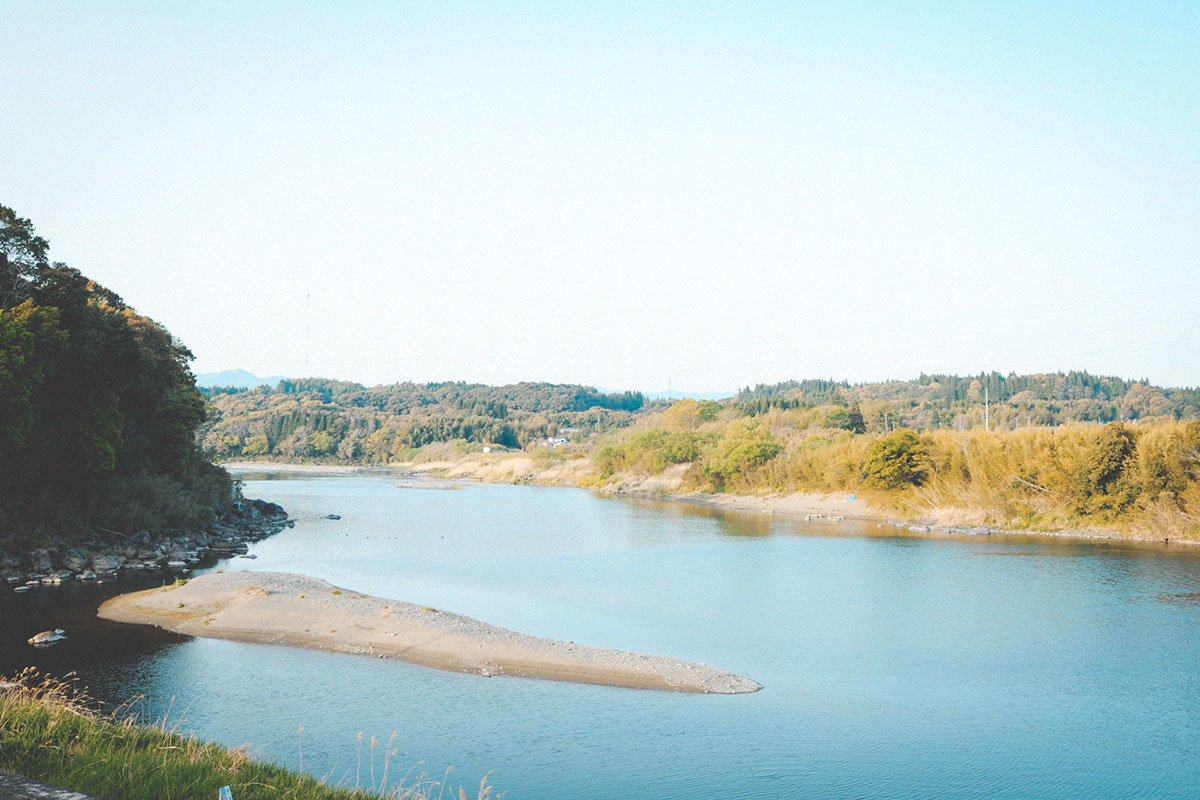Sightseeing
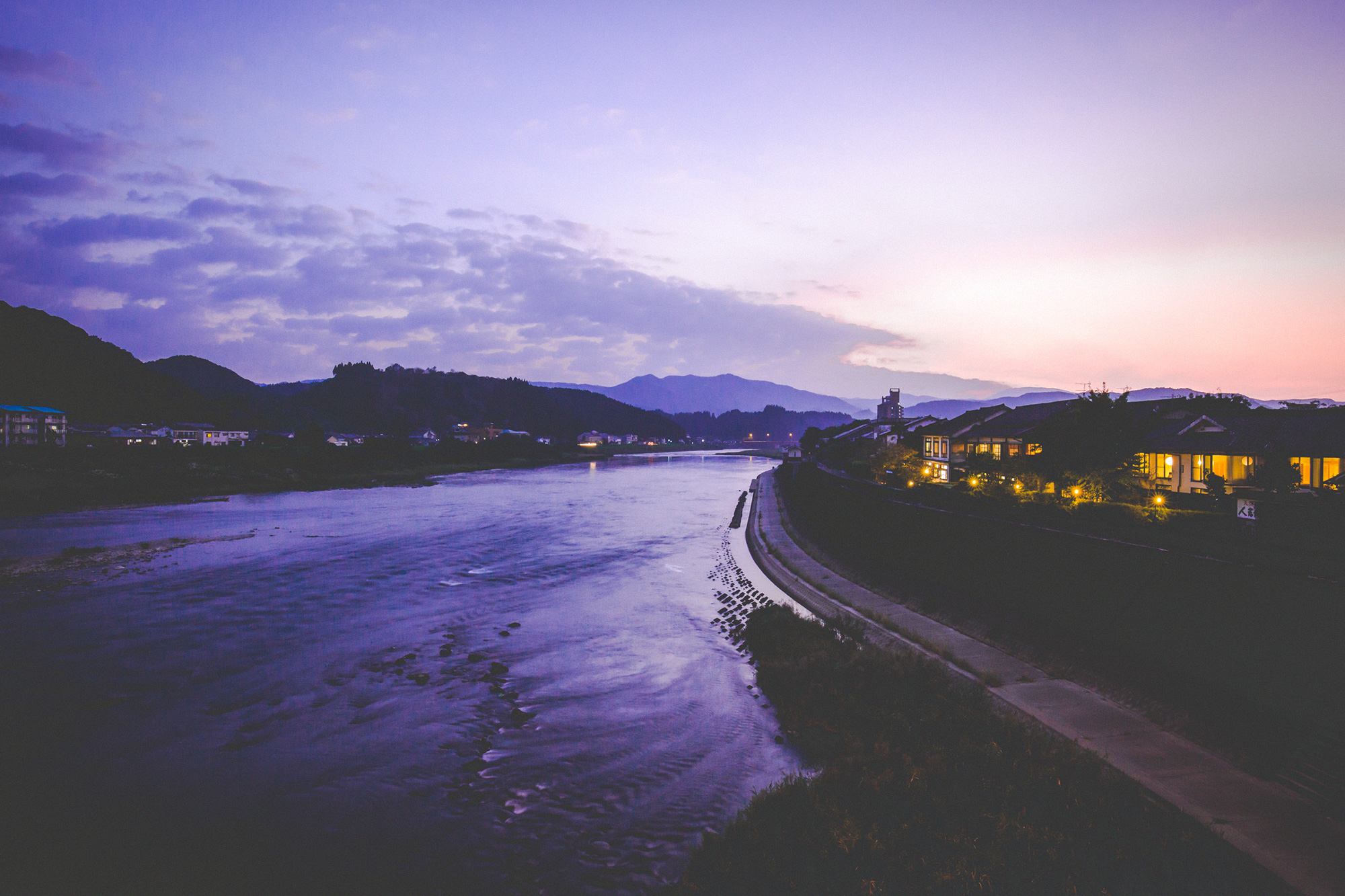
Hitoyoshi is home to the life-giving Kuma River and is surrounded by majestic mountains.
It is where you’ll find numerous buildings and ruins registered as Japanese Heritage sites due to their close ties to the traditions and history of the 700 years Hitoyoshi spent under the rule of the Sagara clan.
Referred to as the “Kyoto of Kyushu,” Hitoyoshi boasts beautiful shop-lined streets and a rich,
unique culture developed over centuries.
Aoi Aso-jinja
This shrine was constructed in 806 to house the division of the god enshrined in Aso Shrine. The shrine buildings are excellent examples of the very unique Hitoyoshi-Kuma architecture of the Middle Ages, and the interiors are decorated with beautiful carvings and colorings representative of the Momoyama period of Japanese history (late 16th century). It is the only thatched-roof shrine or temple designated as a National Treasure and is the earliest and only remaining cultural property designated as a National Treasure in Kumamoto Prefecture.
Eikoku-ji
This temple is also known by the name Yurei-ji (“Temple of the Ghost”) and is famous for an unsettling hanging scroll depicting a visage of a female ghost said to wander about at night. The temple itself dates back to 1408 and houses a five-story stone tower (now four stories) that is the oldest of its kind in the Hitoyoshi-Kuma region. The temple is also famous for being used as headquarters by Saigo Takamori in the Satsuma Rebellion of 1877.
- 5, Dotemachi, Hitoyoshi-shi, Kumamoto, 868-0057, Japan
- +81-966-22-2458
Hitoyoshi Castle Ruins
Also known as Sengetsu Castle, Hitoyoshi Castle was the residence of the Sagara clan for 700 years. The castle was situated on a hill with the Kuma and Mune Rivers acting as outer moats. The castle features rare, extremely steep walls meant to keep out would-be attackers and is designated as both a National Historic Site and as one of Japan’s Top 100 Castles. With cherry blossoms in the spring and the changing colors of the leaves in the fall, the castle is beautiful year-round, and visitors can learn about the history of the area at the Hitoyoshi History Museum located on the castle grounds.
Hitoyoshi Castle Ruins
- Fumotomachi, Hitoyoshi-shi, Kumamoto, 868-0051, Japan
- +81-966-22-2111
Hitoyoshi-jo Rekishi-kan
- 18-4, Fumotomachi, Hitoyoshi-shi, Kumamoto, 868-0051, Japan
- +81-966-22-2324
Kakure Nenbutsu Statues
For about 360 years, practicing the Jodo Shinshu sect of Buddhism was outlawed in the Hitoyoshi-Kuma region by the Sagara clan. Even under these strict laws, belief in Jodo Shinshu spread among the farmers of the area, who would gather in secret to practice their religion—a tradition that still remains today. The statue in this photo is one remnant of these hidden practitioners, and they can be found at other places along the Kuma River.
Buke-gura
This two-story thatched roof house was built 150 to 200 years ago and functioned as a hunting lodge for the lords of the Sagara clan. A 1,000-year-old pine tree was used to make the floors, and the second story features a secret passage, offering a glimpse into what life was like for samurai in the 19th century. The stately gateway to the residence was relocated from Hitoyoshi Castle and is designated as an Important Cultural Property of Hitoyoshi as the only existing original structure from the castle. The shochu ice cream, available exclusively at Bukegura, is very popular.
- 35, Dotemachi, Hitoyoshi-shi, Kumamoto, 868-0057, Japan
- +81-966-22-5493
Japan Heritage
The Stories of Hitoyoshi-Kuma
On April 24th, 2015, the ten municipalities of the Hitoyoshi-Kuma region were registered as Japan Heritage under the theme
“The Stories of Hitoyoshi-Kuma” by the Agency for Cultural Affairs.
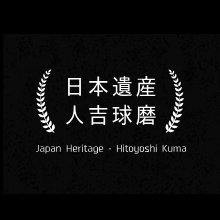
The Stories of Hitoyoshi-Kuma
The Hitoyoshi-Kuma region was bound together through 700 years of uninterrupted rule by the Sagara clan. Such a long period of unbroken rule by a single ruling family is rare in Japanese history. What these 700 years of governance by the Sagara clan left is a collection of important tangible and intangible cultural properties that speak the long history of Japan. Something that makes these historical pieces of culture unique is that they continue to be passed down and touched upon in the lives of the current residents of Hitoyoshi-Kuma and are fully assimilated into the daily culture of the region. Famous author Ryotaro Shiba once remarked that culturally, this area is the most bountiful hidden region in all Japan.

What is Japan Heritage
Japan Heritage is a certification started by the Agency for Cultural Affairs in 2015 to identify the stories that illustrate the cultures and traditions of Japan through the historical appeal and unique characteristics of the different regions of Japan.
Unagi(Eel)
There are two things every visitor to Hitoyoshi needs to try: ayu (Japanese sweetfish) and unagi (eel). Hitoyoshi boasts a number of unagi restaurants that even “eel connoisseurs” salivate for. Uemura Unagiya, founded 100 years ago, is one of the most popular. Each eel is prepared to order, covered in a secret sauce with a recipe that has been passed down through generations, then slow-grilled over a charcoal fire, leaving the eel meat tender and delicately flavored. Other popular stops include Shiraishi, offering authentic charcoal-grilled eel cuisine, and Matsuda Unagiya, founded in 1919, any of which can offer a truly first-class unagi experience. We also offer eel at Hitoyoshi Ryokan for lunch.
*This photo is from Uemura Unagiya
Uemura Unagiya
Shiraishi Unagiya
- 126, Koyamachi, Hitoyoshi-shi, Kumamoto, 868-0003, Japan
- +81-966-22-2450
Matsuda Unagiya
Ayu from the Kuma River
Ayu from the Kuma River feed off the mosses that grow in its clean waters and grow to sizes larger than most ayu found elsewhere in Japan. The lean flesh of Kuma River ayu is a result of swimming through its hard currents, lending the meat a soft aroma and unique flavor that makes for excellent eating. Ayu can be prepared in a variety of ways, from uruka, made by salting ayu meat and innards and fermenting them, to sweet stewed ayu kanroni and ayu sushi bento lunches at Hitoyoshi Station.
Shochu Distilleries
The Kuma region is a valley surrounded by deep, austere mountains. Kuma Shochu is a spirit distilled from rice, a rare style in Japan, born from the unique climate of the Kuma valley and made with excellent Kuma rice and the pure waters of the Kuma River. There are now 28 distilleries in Kuma making over 100 different kinds of shochu, each with their own unique flavors and aromas. Kuma Shochu is loved by many for its deep flavor yet clear drinkability.
-
Sengetsu Shuzo
Founded in 1903, Sengetsu is one of Hitoyoshi’s most famous distilleries. Sengetsu has crafted its shochu for a hundred years using only rice, koji, and water. Samples are available on distillery tours and in its shop, and visitors flock to the distillery daily.
-
Rokuchoshi Shuzo
Rokuchoshi is located in the town of Nishiki and inherits 500 years of history and tradition in shochu distilling. Rokuchoshi is one of the few distilleries to specialize in atmospheric distillation and storehouse aging, creating aged shochus with rich aromas and deep flavors that have many dyed-in-the-wool fans.
-
Hakutake Denshogura Kuma Shochu Museum
This museum exhibits the manufacturing processes Takahashi Shuzo employs when making its Hakutake authentic rice shochu. Visitors can sample and buy shochu on-site, and the museum aims to make visitors understand the historical and cultural value of the world-renowned Kuma Shochu.
Miso & Soy Sauce Factory
This factory has used the same housemade starter mash since it was founded, and it continues to make miso and soy sauce in the same time-honored traditions. At the rear of the charming wood-constructed shop is the factory where visitors can see miso and soy sauce being made. Food samples are available in the shop, as are souvenirs. The retro-styled lobby and reception area is also the perfect place for a quick rest.
Green Tea
Hitoyoshi-Kuma is situated in a basin surrounded by mountains with extreme differences in hot and cold temperatures, making it perfect for growing tea. The luxurious teas grown in the unspoiled nature of the region are some of Hitoyoshi’s most famous products. Itsukien is the oldest remaining tea producer in the region and has a selection of antique tea-making equipment on display. At Tateyama Shoten, visitors can sample tea, look at historical tea jars, tea implements, and the local unsun karuta card game, and buy local souvenirs like shiitake mushrooms and mountain produce.
Ocha itsukien
Tateyama Shoten
SL Hitoyoshi
The SL Hitoyoshi steam engine (#58654) was brought back into service to mark the 100th anniversary of the opening of the JR Hisatsu Railroad Line. The SL Hitoyoshi runs between Kumamoto Station and Hitoyoshi Station and is Kyushu’s only steam locomotive. An observation area and buffet are located onboard the classically decorated cars of the train, offering a relaxing trip through the countryside. Watching the SL Hitoyoshi chug through the Kuma River Valley will make you think you’ve gone a century back in time.
Hitoyoshi Station
Hitoyoshi Mozoca Station 868
Station Clock
This clock, located in the Hitoyoshi Station plaza, was built to look like Hitoyoshi Castle. On the hour, the clock plays the song Kuma no Rokuchoshi, a traditional song about the lord of Hitoyoshi Castle coming into town to enjoy the hot springs and shochu. Each performance lasts about three minutes, with ten performances from 9AM to 6PM from March to October and nine from 9AM to 5PM from November to February. Many visitors come to see this symbol of the city of Hitoyoshi.
- 300, Nakaaoimachi, Hitoyoshi-shi, Kumamoto, 868-0008, Japan
- +81-966-22-2111(extension:5141)
Foot Spa & Old-Fashioned Mailbox
The Hitoyoshi Onsen Museum is now open next to Aoi Aso Shrine, featuring a free-to-use foot spa. Next door is an old-fashioned cylindrical mailbox that supposedly grants the wish of the sender. You’ll also find a tiny little torii gate submerged in water in the stone basin next to the mailbox. Visitors can buy a wooden plaque from Aoi Aso Shrine, put a 92-yen stamp on it, and mail it at this mailbox.
Blacksmiths
The Hitoyoshi-Kuma region has boundless, unspoiled nature, making forestry, agriculture, and hunting an important part of daily life. As such, the locals have invented a variety of unique farming and fieldwork equipment over the centuries. The local level of blacksmithing skill is especially of note. The Masamitsu Hamono smithy boasts a 500-year history of traditional techniques and is now headed by its 17th-generation owner. Masamitsu is famous for its sharp yet easy-to-use blades and is an excellent place to get a feel for authentic, handmade Japanese knives.
Masamitsu Hamono
- 59, Kajiyamachi, Hitoyoshi-shi, Kumamoto, 868-0001, Japan
- +81-966-22-2565
Cycling
These cycling roads center around the Kuma River and take you to many famous places and historical sites overflowing with local charm and outdoorsy appeal. A number of courses are available, and Cycle Stations are also located along the courses with bathrooms and places to rest. Take a leisurely ride with the wind in your face while you enjoy the beautiful Kuma River and quiet rice paddies.
Kumagawa Railroad
Hitoyoshi Tourist Information Center
Rafting
The Kuma River is famous for being one of Japan’s most turbulent rivers and is the only place in Kyushu where rafting is possible. Try your hand at riding a rubber raft through the whitewater rapids in this dynamic outdoor sport that lets you enjoy the great outdoors up close. Experience this thrilling and fun activity once and you’ll be hooked!
Kumagawa-kudari
Landearth
Mainstream
Kumagawa-ABC
Apollo
Kumagawa Rafting Association
- +81-966-25-6866
- http://kumagawa64.holy.jp/
Hitoyoshi is rich in history and culture and features a wide variety of events all throughout the year. If you’ve got time, come join us for a festival or celebration while enjoying our beautiful seasonal landscapes.
| February |
|
|---|---|
| March |
|
| April |
|
| May |
|
| June |
|
| August |
|
| September |
|
| October |
|
| November |
|


